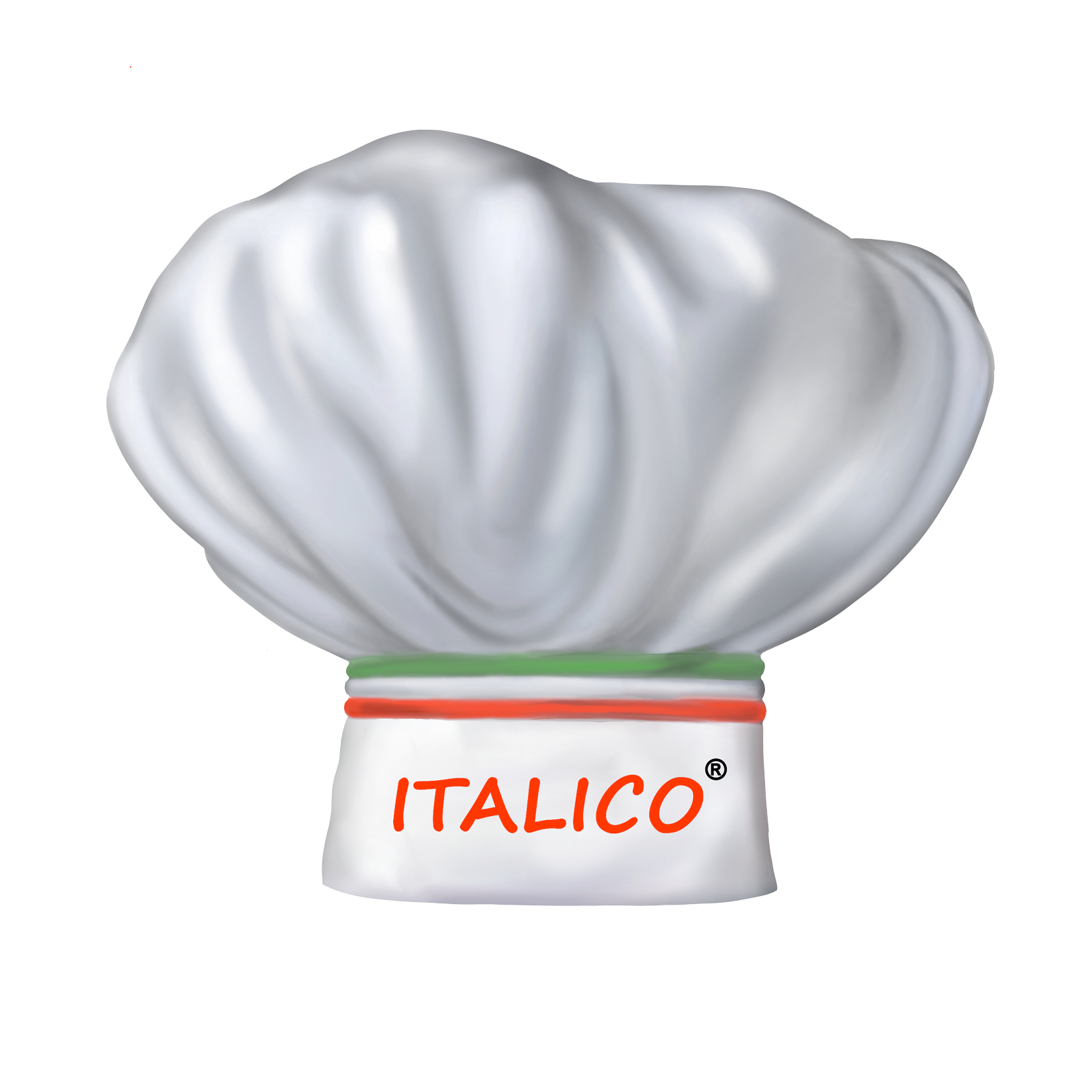Description
Suppli’ are Italian snacks consisting of a ball of rise (generally risotto ) with tomato sauce, typical of Roman cuisine.
Originally, they were filled with chicken giblets, mincemeat , now also with a piece of mozzarella ; the whole morsel is soaked in egg, coated with bread crumbs and then fried (usually deep-fried).
Suppli’ can be also prepared without tomato sauce and are usually eaten with the fingers.
Proposti in due diverse grammature, il formato da 30gr e’ ideale da abbinare con altri bocconcini; il formato grande da 100gr, ideale per degustare ancora di piu’ questo classico prodotto dello street food italiano da solo.
Disponibili anche nella versione assortita ( tris di gusti )
Suppli’ remain a mostly Roman delicacy, ed in quanto tale viene offerto con i tipici sapori della classica cucina Romana, conosciuti ed apprezzati in tutto il mondo.
Gusto Carbonara ( eggs, hard cheese, cured pork and black pepper )
Gusto Amatriciana ( sauce based on guanciale, pecorino romano cheese, tomato )
Gusto Cacio e Pepe ( cheese and pepper )
Gusto Classico
Gusto Nduja∗ ( Nduja, ragu’, piselli )
They are closely related to Sicilian arancini and croquette.
Tuttavia vi invitiamo a leggere attentamente di seguito la comparazione tra i due prodotti :
Roman supplì and Sicilian arancini are, on the crispy surface, quite similar. But they each reflect a unique culinary history, way of eating, and like everything in Italy, the story of a place.
Supplì are oblong and round-tipped, like a pill big enough for a T-rex. To make them, you always need pre-cooked, short-grain rice (often arborio or carnaroli, the same rice used for risotto), mixed with grated cheese and whatever other flavoring you desire. In Rome, the rice is typically mixed with either plain tomato sauce or a light ragù with ground beef.
The most common embellishment is to prepare them al telefono, literally “telephone-style.” A small knob of mozzarella is enclosed in the rice before the little football is breaded and fried. The heat partially melts the mozzarella, so that when you crack open the supplÌ and pull the two halves apart, a wire of stretchy cheese connects them, like an old-fashioned telephone.
Arancini, along with cannoli, are the iconic food of Sicily. The name means “little orange,” but I’d hardly call them little. Arancini are about the size and shape of a softball, except for those produced in eastern Sicily, which are conical, in homage to Mount Etna, the famous volcano.
The preparation of arancini is similar to that of supplì. Cooked short-grain rice is used, there are a variety of different add-ins, like ragù or strong caciocavallo cheese, and the whole thing is bread-crumbed and deep fried.
There are two big differences, though. Arancini are usually much bigger than supplì, about double the size. Arancini are also often stuffed with ragù (or peas or prosciutto), rather than having it mixed with the rice. An arancino’s layers are quite beautiful. The crust is straw-gold, and beneath that is a layer of deep-yellow rice, colored by a pinch of saffron. The rice contains a core of dark-red meat sauce, which spills out onto your plate (or more likely your shoes while walking down the street).
∗spicy, spreadable pork sausage from the region of Calabria in Souther Italy. It is similar to sobrassada from the Balearic Islands in Spain.
‘Nduja is made using meat from the head (minus the jowls, which are used for guanciale), trimmings from various meat cuts, some clean skin, fatback, and roasted Calabrian chilli peppers, which give ‘nduja its characteristic fiery taste. These are all minced together, then stuffed in large sausage casings and smoked, creating a soft large sausage, from where the spicy mixture later is scooped out as needed




